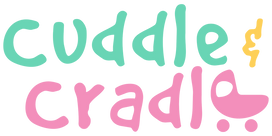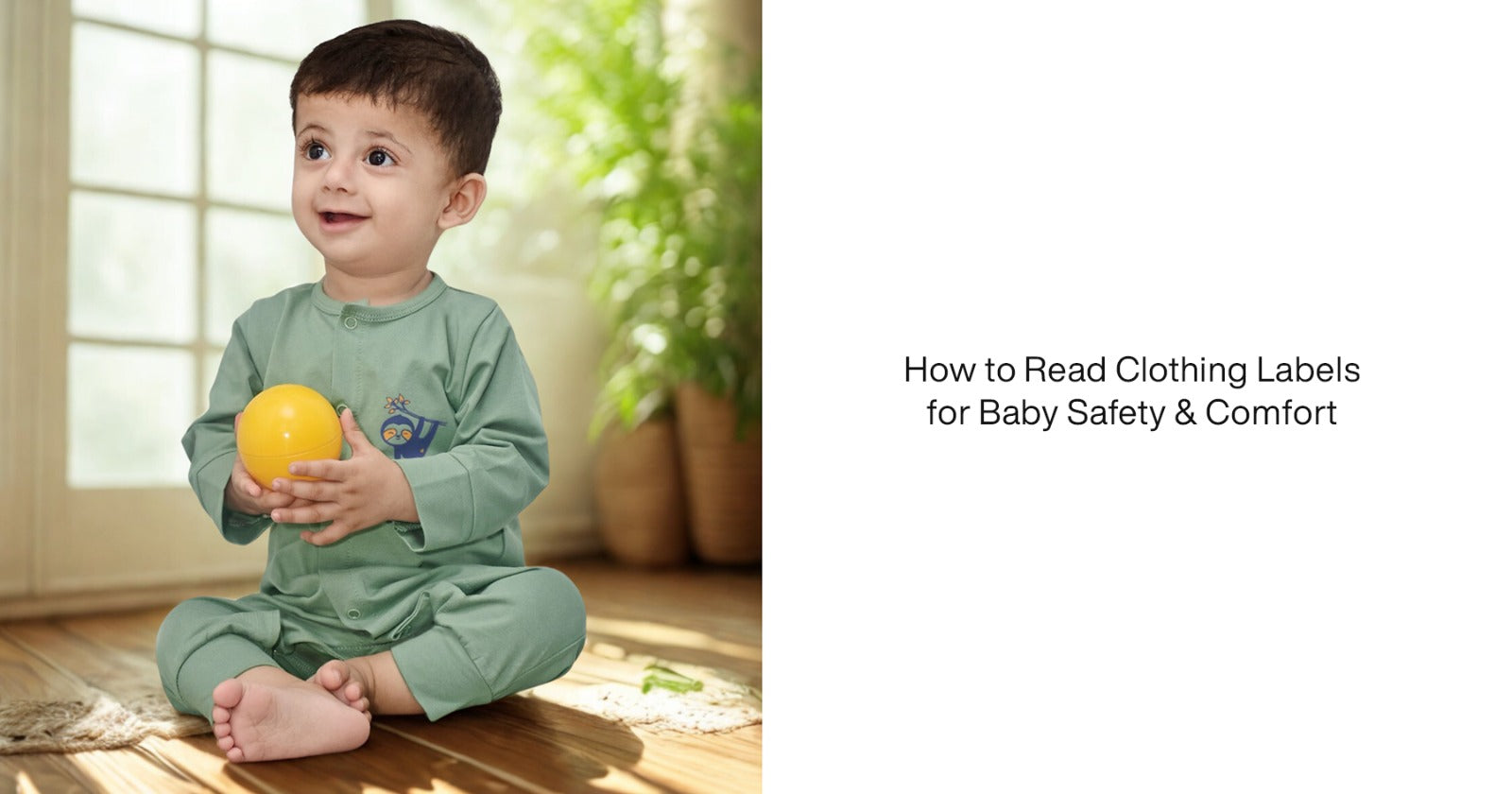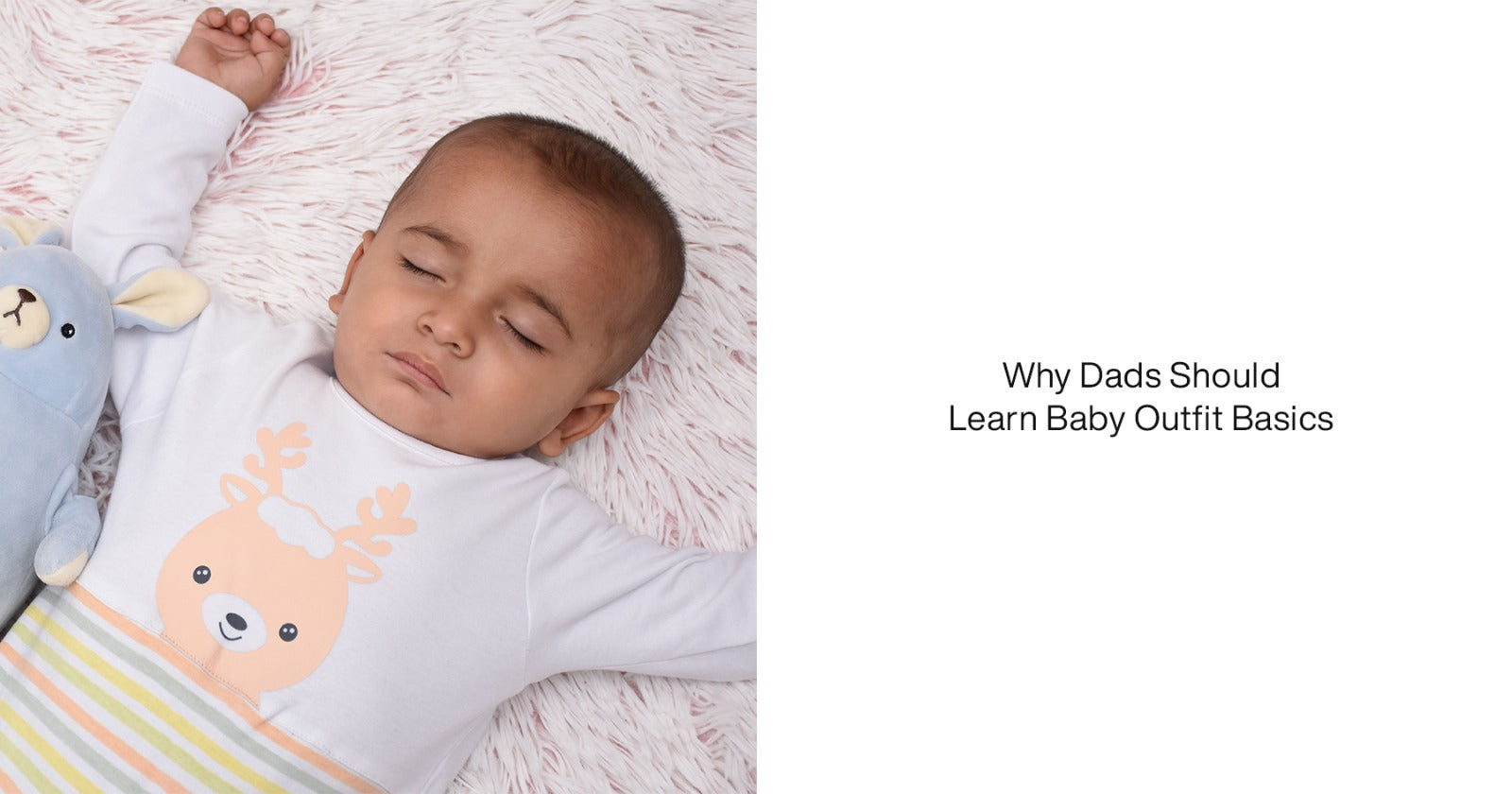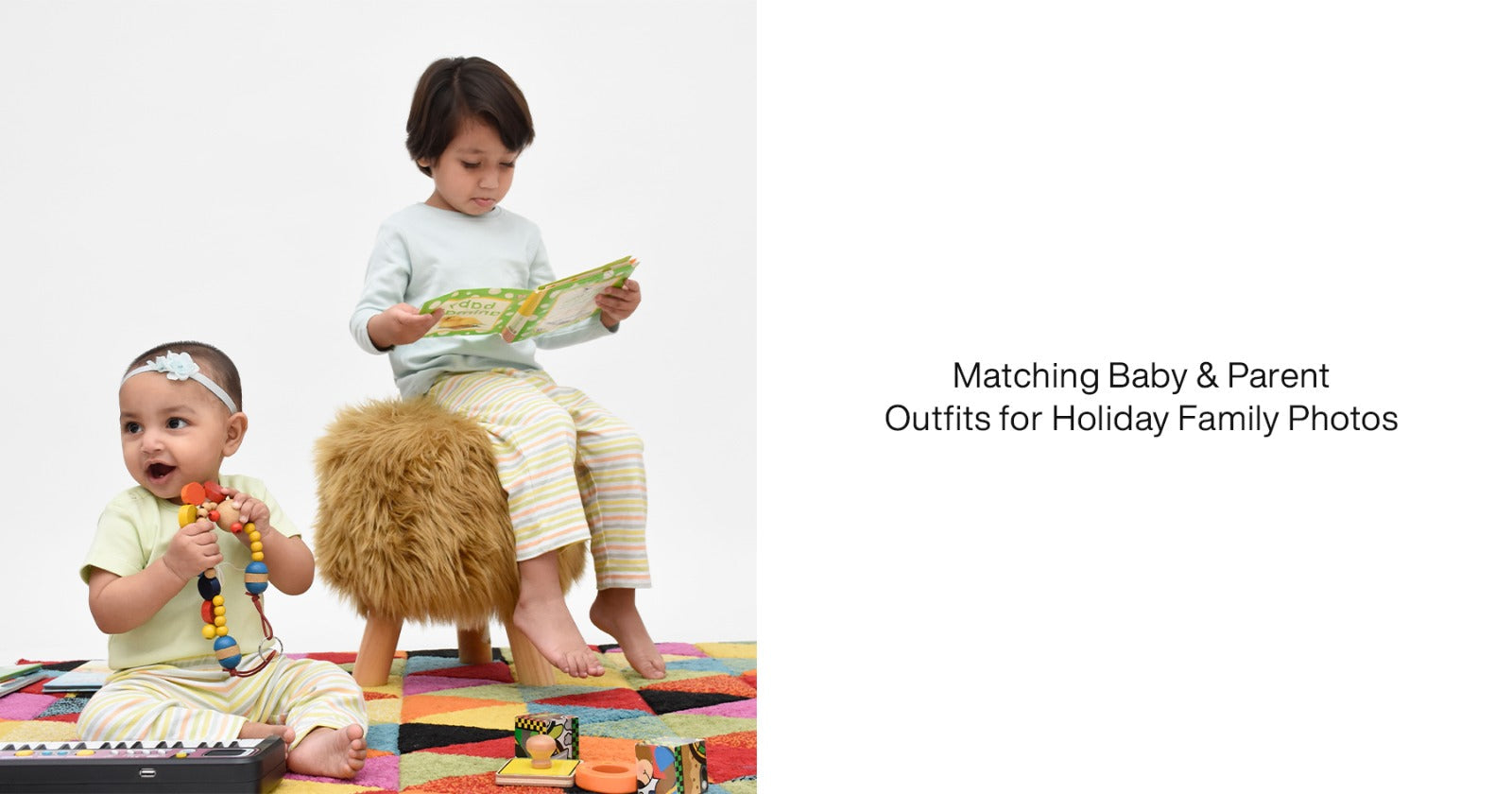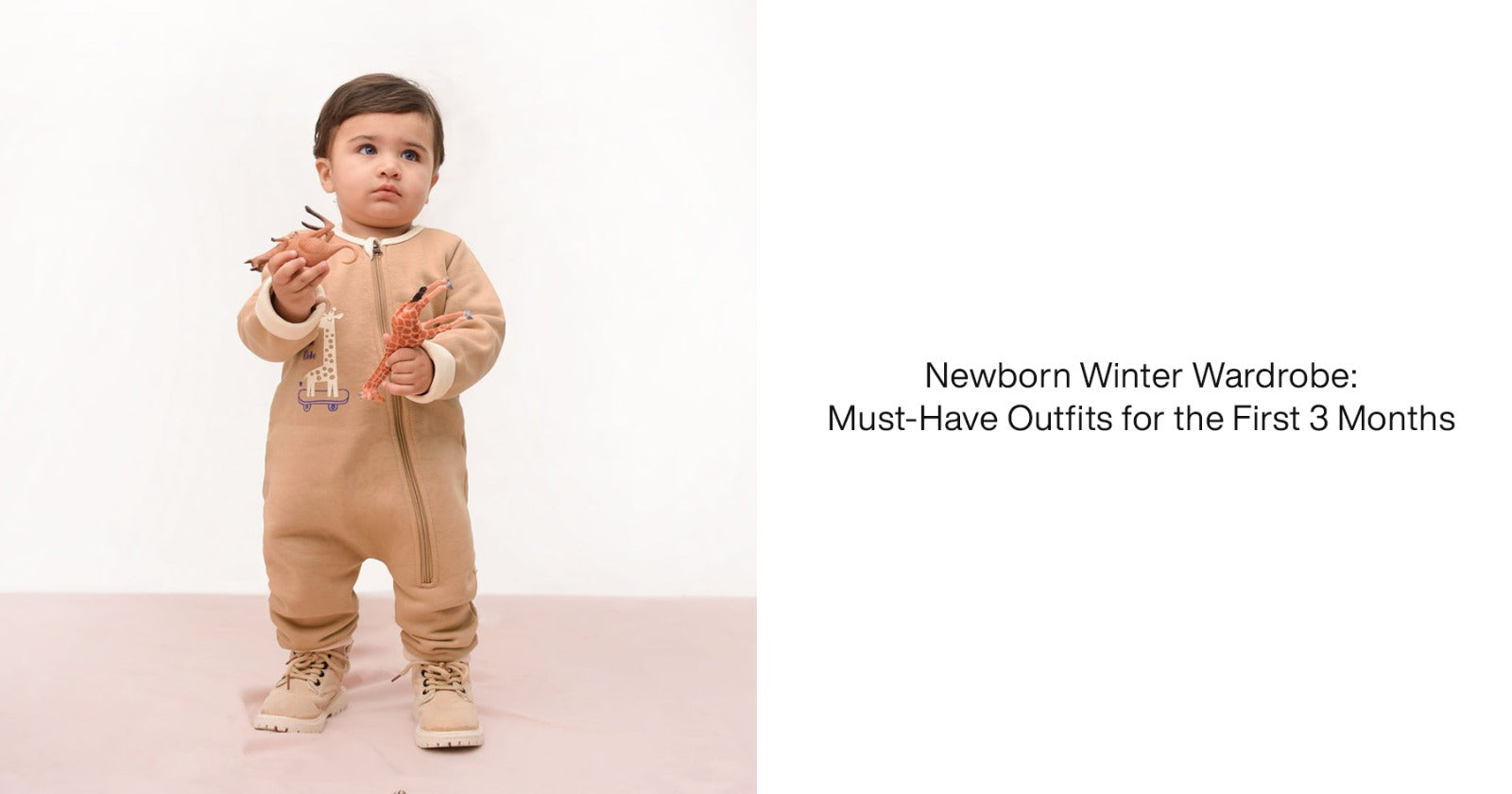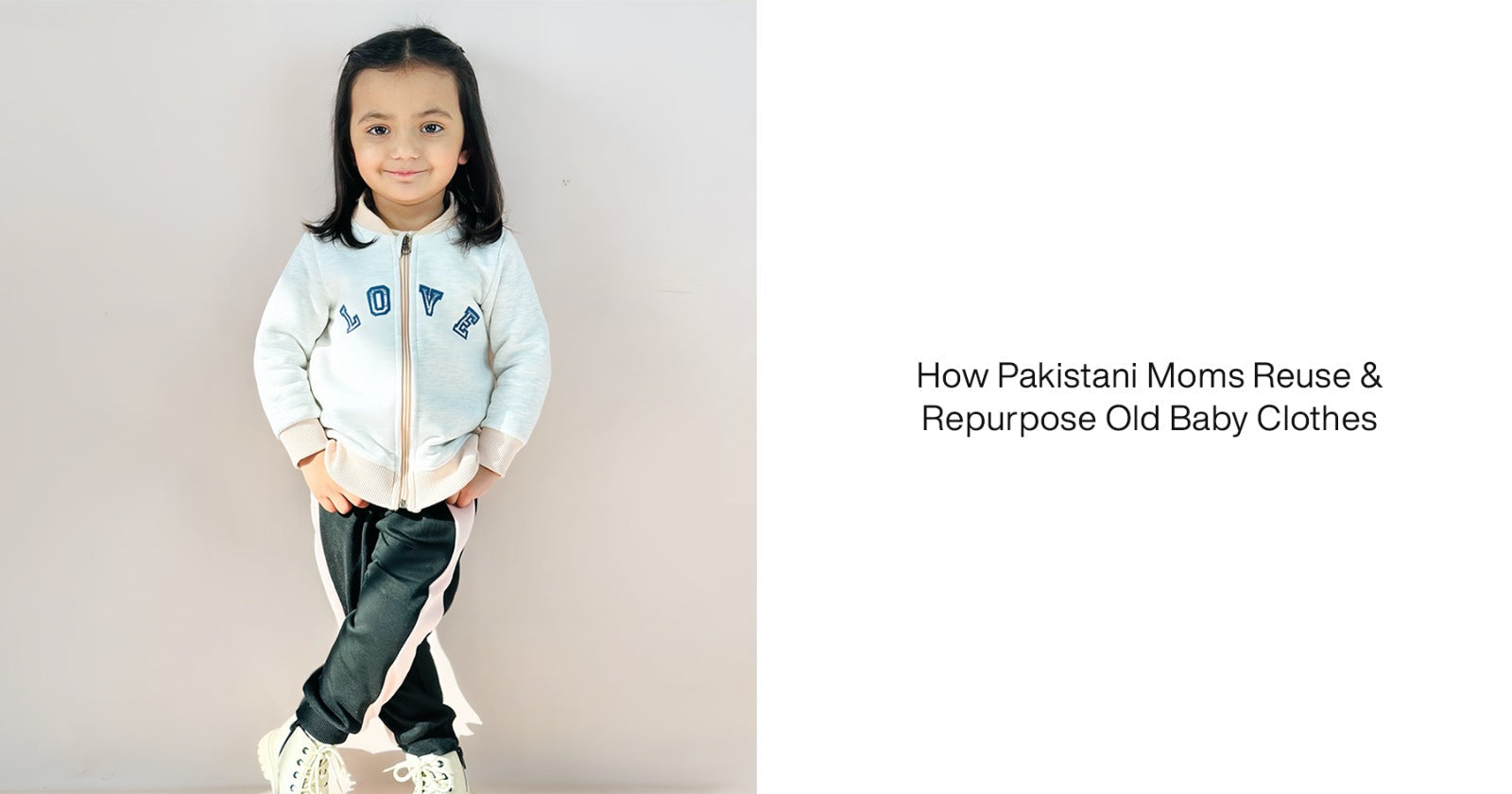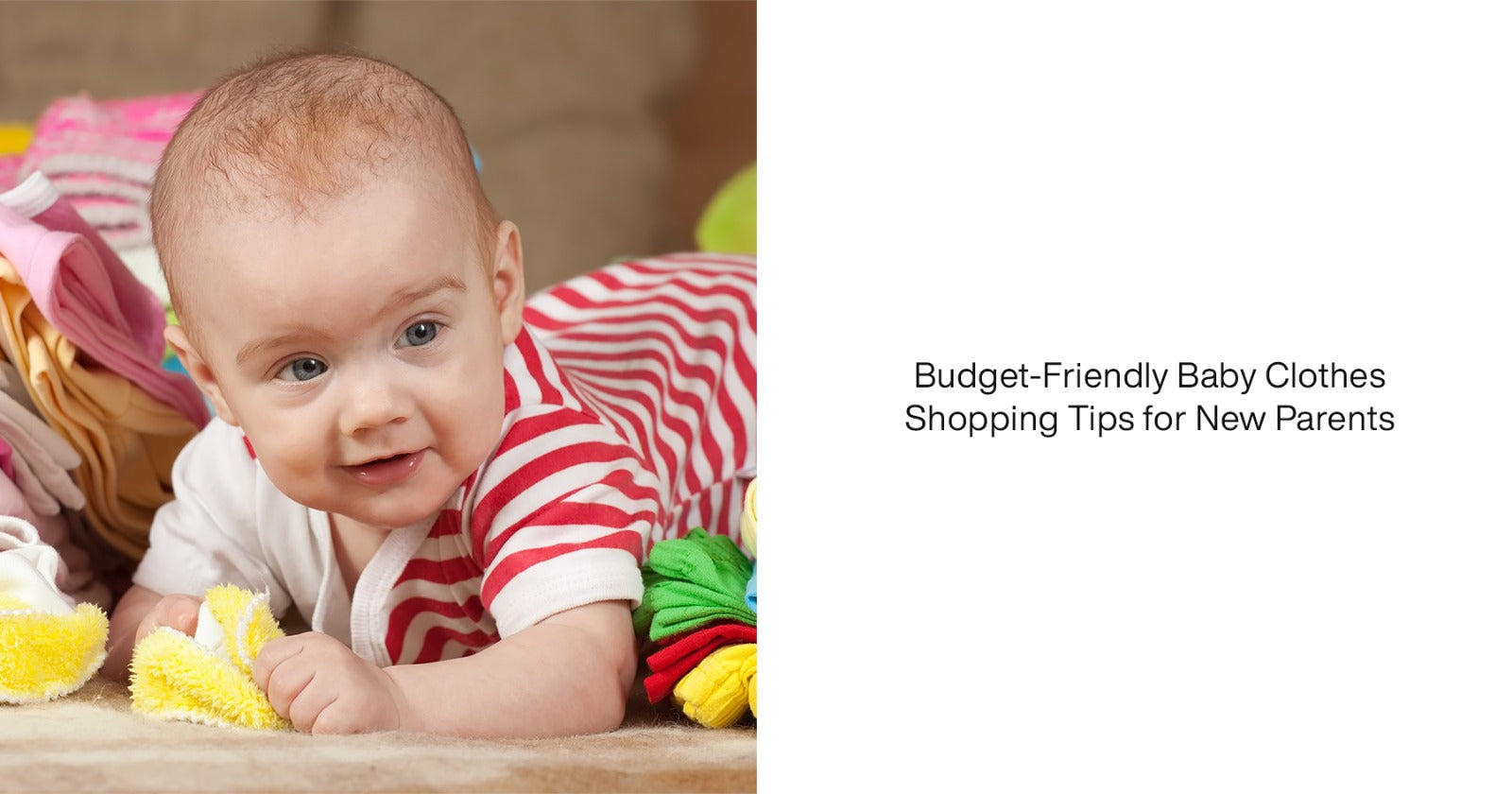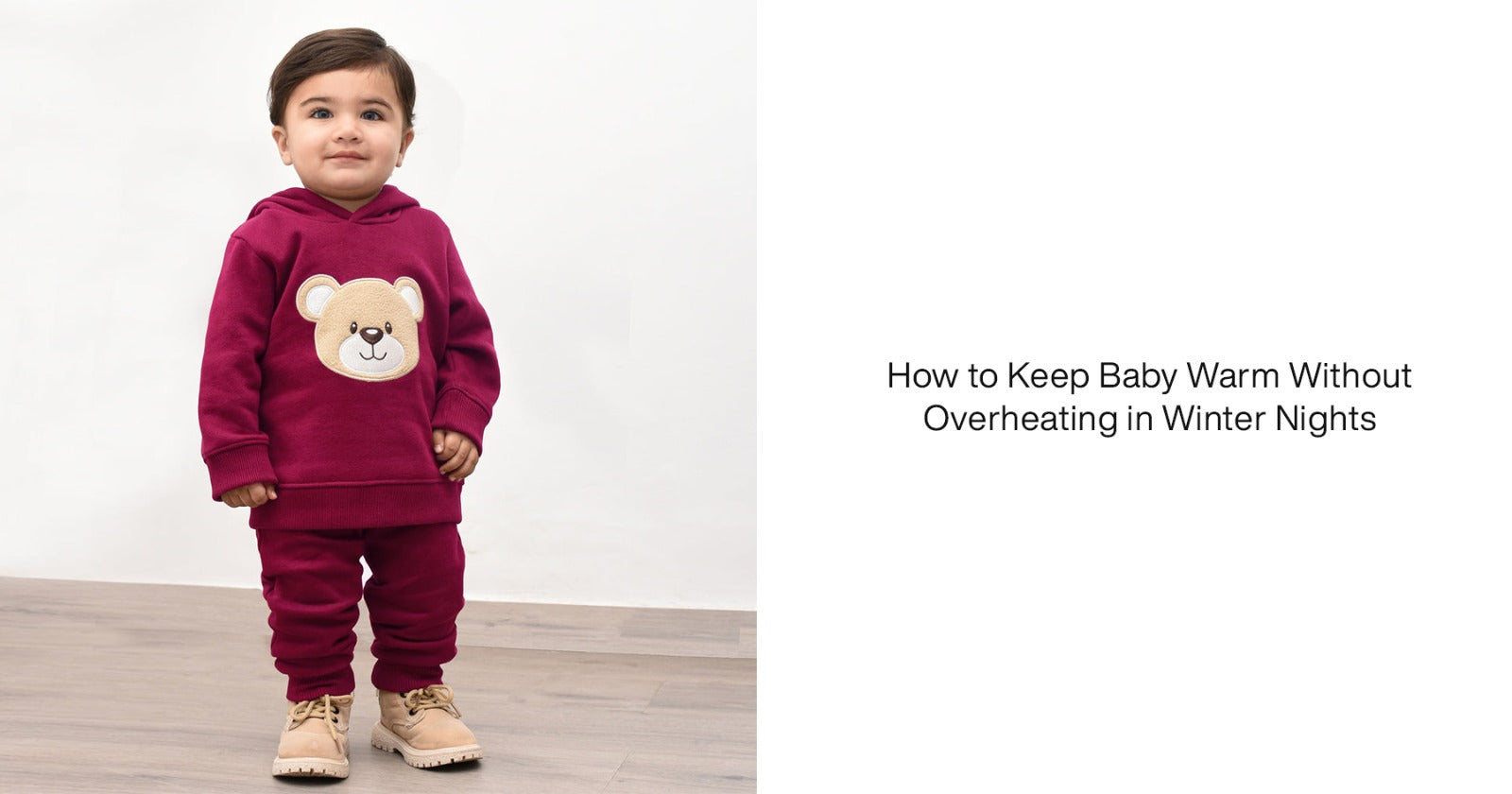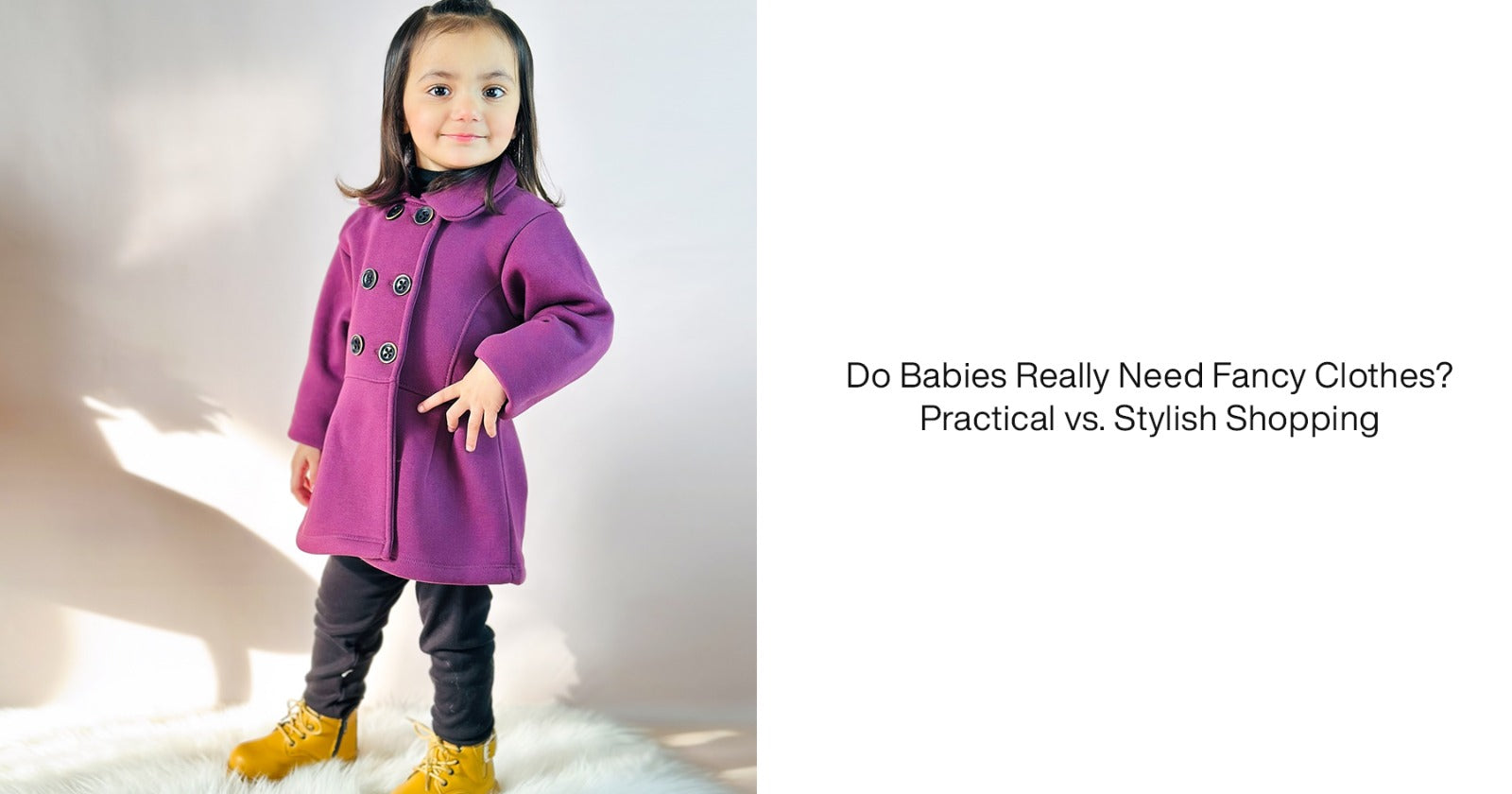When parents buy at kids clothing store, they generally look for charming patterns and colours that look good. But it's just as vital to know how to read garment labels, especially when it comes to keeping your infant safe and comfortable. It's important to know what's behind the tag when you choose out best clothes for kids. This includes the fabric content, washing instructions, safety requirements, and more. Let's look at why labels are important and how to read them so you can make smart choices for your child.
Why Clothing Labels Matter
Clothing labels include important information that may help parents make sure their newborns are safe, comfortable, and well-dressed all year long. The label tells you how to:
-
The fabric's makeup (which might impact allergies and skin sensitivity)
-
Ways to wash and dry (to keep the cloth clean and in good shape)
-
Safety certificates, which are very crucial for sleepwear and flame resistance
When choosing items from a kids clothing store, you’ll find that the best clothes for kids are those with clear, detailed labels that help parents make smart choices.
Key Elements on a Baby Clothing Label
When you read a baby clothes label, you should search for the following essential parts:
1. Fabric Content
The fabric used to make baby clothes is very important for your child's comfort. Cotton is usually the best choice since it lets air in and is soft on sensitive skin. Some clothing, on the other hand, may mix synthetic materials like polyester or elastane to make them more stretchy.
Always look at the fabric content when you purchase for kids' clothes. The safest clothes for kids are frequently made of 100% organic cotton or Oeko-Tex certified textiles, which don't have any dangerous colours or chemicals in them.
Look for:
-
"100% Cotton" for comfort and breathability
-
"Organic Cotton" to lower your exposure to chemicals
-
Don't use labels that say "Nylon" or "Acrylic" on babies since they might hurt their fragile skin
2. Washing Instructions
Babies are dirty. They spit up, spill food and leak nappies. The greatest garments for kids are those that are easy to wash and care for. A label with hard-to-follow care instructions might be a pain every day.
You may commonly discover clothes for youngsters that are labelled as:
-
"Machine Washable" (great for quick, frequent cleaning)
-
"Tumble Dry Low" (better for the fabric's long life)
-
"Do Not Bleach" (essential to keep the colour and fabric)
Some clothes need to be hand-washed or air-dried, which might not be possible for parents who are often on the go.
3. Size Guide and Age Range
Don't just believe the front sticker that states "0–3 months." Always check the label for the real weight or height dimensions. Kids develop at various rates, so what fits one baby might not suit another baby of the same age.
A good kids clothing store will have a thorough size chart, and the best clothes for kids will frequently say how much they should weigh and how long they should be. This makes sure that the fit is snug yet still allows for breathing, so it won't limit mobility or create pain.
4. Country of Manufacture
Where the clothes are created might show how well the stitching, dye, and general fabric safety are. It may not seem like a significant problem. Some nations have tougher rules about safety and the environment when they make clothes for kids.
For example, European and North American manufacturing standards tend to emphasize eco-friendly, toxin-free fabrics—something to consider when browsing through a kids clothing store. The best clothes for kids are often produced in certified facilities with fair labor practices and child-safe material handling.
5. Safety Certifications
Some baby sleepwear and outerwear may have safety certificates that say they won't catch fire. Words like "Flame Resistant" or "Snug Fit for Safety" are very crucial. Some pyjamas include chemicals that keep them from catching fire, while others are made to fit snugly against the body to lower the risk.
When buying these kinds of things from a kids' clothes store, be sure they fulfil safety regulations in your area and throughout the world. The finest garments for kids will either not catch fire on their own or have safety labels that say they are safe.
Red Flags to Avoid
When you read a label, be careful of these things:
-
"Dry Clean Only"— Not practicable and may use strong chemicals
-
"One Size"— Not usually good for newborns who require a perfect fit
-
No Fabric Info — You should be worried if the material isn't clear
In any reputable kids clothing store, transparency is key. The best clothes for kids will always provide detailed information on the tag or product listing, helping you avoid risky choices.
How Label Details Impact Baby Comfort
Knowing how to read labels is important for more than simply safety; it also has a direct effect on how comfortable your baby is in their garments. Rough fabrics, bad stitching, and synthetic materials might cause rashes, overheating, or trouble moving.
When you buy clothes for kids from a retailer you trust, always check the stitching along the seams, the waistbands' elasticity and if the labels are soft and won't irritate the skin. The greatest outfits for kids are carefully thought out, even down to the smallest tag.
What to Ask in the Store (or Online)
Product photographs and descriptions typically contain labels, even when you purchase online. Always check:
-
Breakdown of fabric
-
Symbols for washing and caring
-
Place of origin
-
Type of fit (loose, tight, or normal)
And when you're really at a kids' clothes store, take a second to feel the fabric, examine how stretchy it is, and look at the stitching on the labels. No matter how pretty they appear, the greatest outfits for kids won't give up comfort or quality.
Looking for the Best? Try Cuddle & Cradle
Cuddle & Cradle is the best place to go if you want a kids' clothes store that really gets what modern parents and fragile newborns need. Their collections are based on comfort, safety, and how useful they are in everyday life.
What Sets Cuddle & Cradle Apart?
-
All of the clothes are made from baby-safe materials, such 100% organic cotton.
-
Every product comes with clear, descriptive labelling.
-
Their sizes are just right for each stage of a baby's growth.
-
It's easy to wash, works in the machine, and is approved by moms.
Cuddle & Cradle has the best clothes for kids, whether you need warm winter layers or light summer rompers. They provide a wide range of styles and sizes at rates that won't break the bank. They are one of the most trusted names in kids clothing store today since they pay attention to details and are open about everything.
Check out their selection online and find the right combination of style and utility for your kid.
Final Verdict
Every parent should learn how to read garment labels. These little tags include a lot of information, such how to tell if a fabric is safe and how to make sure it fits properly. Whether you're buying from a physical kids clothing store or browsing online, knowing what to look for helps you choose the best clothes for kids—ones that protect your baby’s skin, make laundry easier, and keep them cozy day and night.
So, the next time you hold up a cute onesie or winter romper, remember to turn it over and read the tag. It might be the difference between your baby's safety and comfort.
